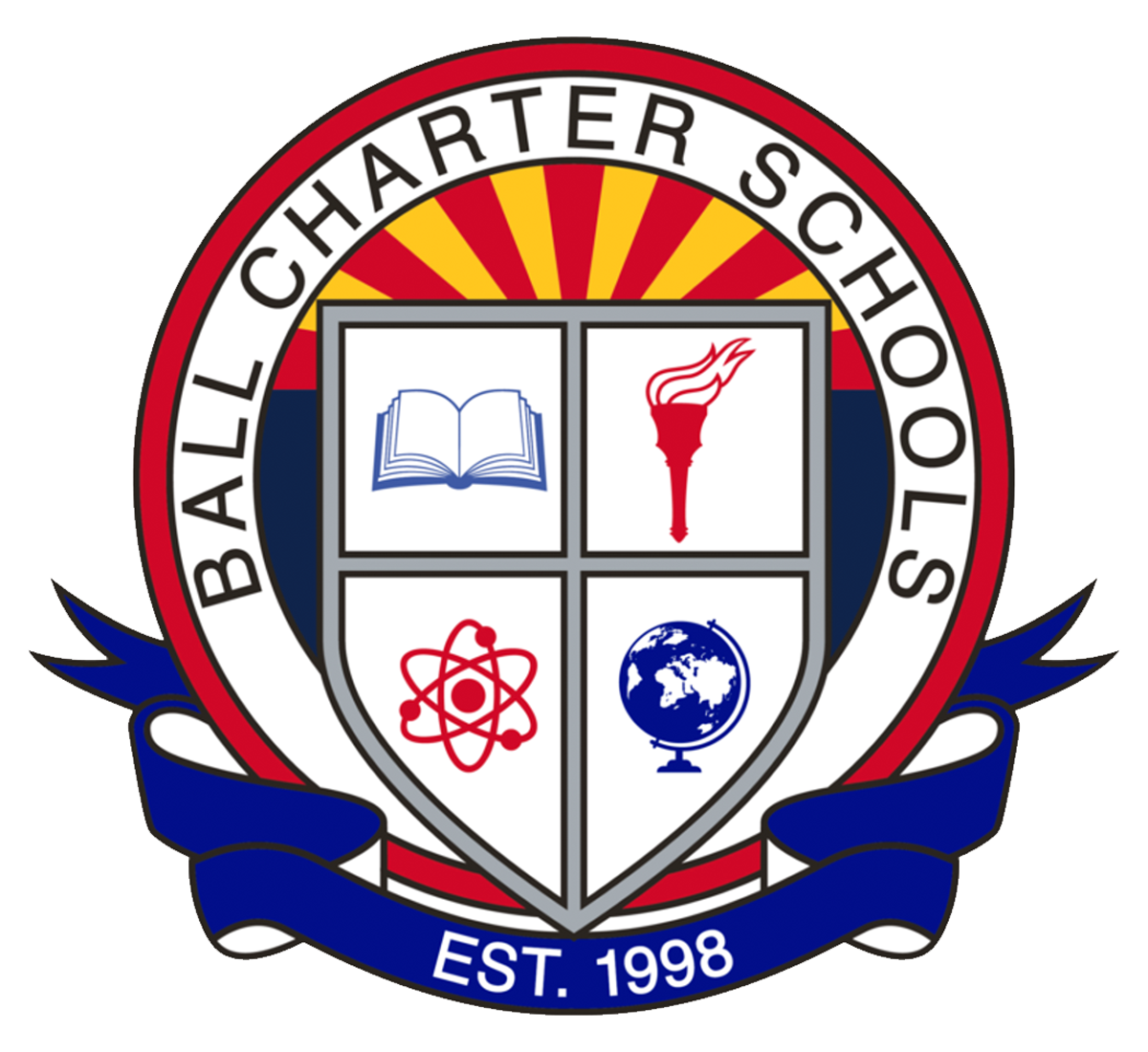Curriculum
Our comprehensive K - 8 program, aligned to the Arizona Content Standards, is designed to provide a well-rounded education with a strong emphasis on reading, writing, and mathematics. We believe in nurturing the intellectual, social, and emotional growth of our students through an integrated approach to learning incorporating a diverse range of subjects and activities.
Additionally, our curriculum incorporates reading, writing, and mathematics into other subjects, allowing students to make connections and deepen their understanding. For example, in social studies, students may read historical fiction books, analyze primary sources, and use mathematical skills to interpret data. Similarly, in science, they may explore scientific texts, conduct experiments, and apply math concepts to solve problems.
English Language Arts
In our reading program, students will develop fundamental reading skills and foster a lifelong love of literature. We focus on phonics, decoding, comprehension, vocabulary, and fluency. Through engaging activities, such as read-aloud sessions, group discussions, and independent reading, students will enhance their reading abilities and develop critical thinking skills. They will explore various genres, including fiction, non-fiction, poetry, and folktales, and learn to analyze and interpret texts.
In addition to reading, our language arts program encompasses writing, grammar, and oral communication. Students will develop their writing skills through various forms, such as narratives, persuasive essays, and informational reports. They will learn grammar rules, punctuation, and sentence structure to enhance their written expression. Oral communication skills will be honed through presentations, discussions, and collaborative projects.
Mathematics
Our mathematics program aims to build a strong foundation in mathematical concepts and problem-solving skills. Students will learn fundamental arithmetic operations, such as addition, subtraction, multiplication, and division, and gradually progress to more advanced topics like fractions, decimals, geometry, and algebraic thinking. We use hands-on activities, visual aids, and real-world applications to make math engaging and relevant to students' lives. Problem-solving strategies and logical reasoning are integrated throughout the curriculum.
Algebra I (8th Grade)
The Algebra I course for 8th grade students is a comprehensive, high school-level program designed to build a strong foundation in algebraic concepts. This course challenges students to develop critical thinking and problem-solving skills through the exploration of variables, equations, and functions.
The curriculum emphasizes the practical application of algebra in real-world situations, preparing students for more advanced math courses in high school and beyond.
Key topics covered in Algebra I include:
Expressions, Equations, and Inequalities: Students will learn to manipulate and solve algebraic expressions, linear equations, and inequalities, gaining an understanding of how to model real-life scenarios.
Functions and Graphing: An introduction to functions, including linear, quadratic, and exponential functions, along with graphing techniques. Students will explore how changes in equations affect their graphical representations.
Polynomials and Factoring: Students will work with polynomials, learning how to add, subtract, multiply, and factor them, which is essential for solving quadratic equations.
Systems of Equations: Understanding how to solve systems of linear equations using various methods, including substitution, elimination, and graphing.
Quadratic Equations: Introduction to solving quadratic equations by factoring, completing the square, and using the quadratic formula.
Throughout the course, students engage in collaborative problem-solving, hands-on activities, and real-world applications of algebraic concepts. The course focuses on fostering mathematical reasoning, precision, and perseverance, ensuring students are well-prepared for future success in higher-level math courses.
By the end of Algebra I, students will possess a deep understanding of algebraic principles, laying a strong foundation for geometry, Algebra II, and other advanced mathematics.
Science and Social Studies
Our science curriculum aims to foster curiosity and scientific inquiry. Students will explore topics like life sciences, physical sciences, earth sciences, and the scientific method. Through hands-on experiments and observation, they will develop critical thinking and problem-solving skills.
In social studies, students will gain a deeper understanding of the world around them. They will learn about history, geography, cultures, and civic responsibility. Through interactive activities, research projects, and discussions, students will develop an appreciation for diversity and global awareness.
Visual and Performing Arts
Our visual and performing arts program also includes a strong focus on engaging students in visual arts, music, drama, and physical education. These activities enhance creativity, self-expression, teamwork, and physical well-being.
Methods of instruction
Instruction focuses on the Arizona Academic Content Standards and on the needs of the individual child. Instructional methods vary depending on the learning styles and needs of the students. Utilization of programs and platforms that are adaptive and allow for assessment and tracking of student progress assist teachers in planning instruction. Flexible classroom differentiated instruction and delivery are evidenced by large group, small group, and independent learning opportunities for students. Ability-grouped guided reading and structured targeted literacy centers in early elementary grades, cooperative learning and integrated tasks, hands-on learning, leveraging technology, and real-world applications ubiquitously characterize the instructional program.
Formative and summative assessments
Ball Charter Schools provides an ongoing assessment program encompassing both formative and summative assessments, adopted by the Governing Board. Benchmark assessments are given throughout the school year (baseline, quarterly, and end-of-year) and offer both formative and summative data used to guide teacher lesson plans and instruction. Results of each benchmark assessment cycle are shared with the Governing Board and include both proficiency and growth data. Formative assessments are administered on a regular basis within and throughout each academic content area. Teachers and administrators use the quarterly benchmark data, weekly summative assessments, and daily “checks for understanding” to guide and shape subsequent standards-aligned instruction. The data are used to form flexible instructional groups to assist students with mastering essential standards.
